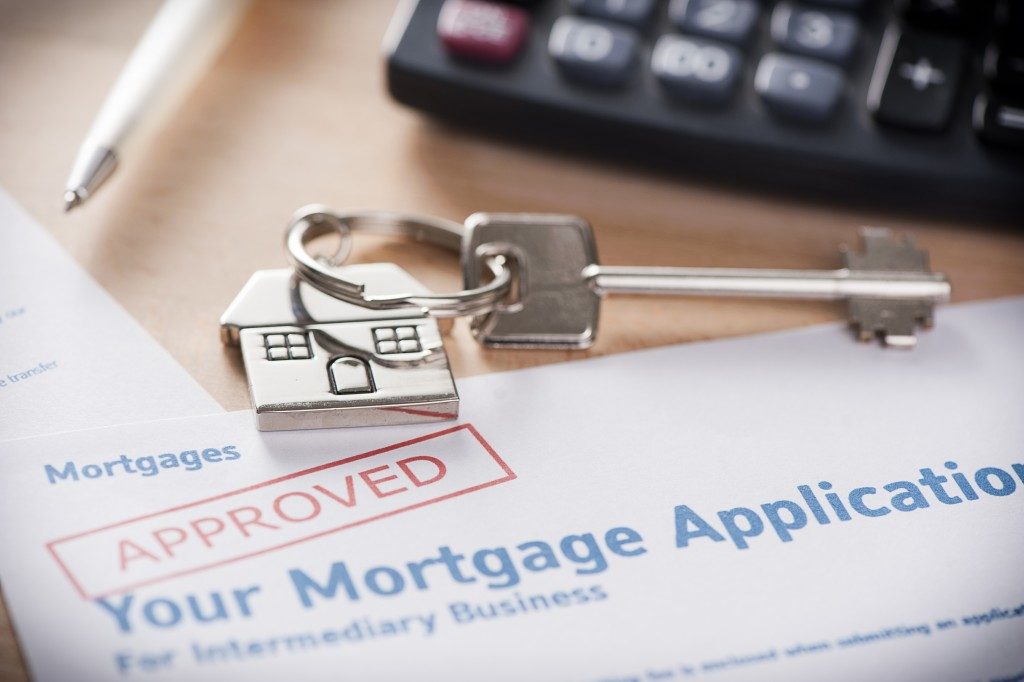Home affordability is relative. It has more to do with the size of the monthly mortgage payment you can manage than your actual financial health. On the one hand, you might not afford a house even if you have a handsome income, and most of your wealth is illiquid. On the other hand, you can qualify for a home loan even if you are a middle-income earner with nothing but cash reserves.
However, every honest mortgage lender in Tulsa, Dallas, Santa Fe, or any other major U.S. city, will admit that home affordability does not always equate to savings. If you want to buy a house and get the most value for your money at the same time, you ought to understand what a typical monthly mortgage payment comprises. This way, you can negotiate for a better deal even if the agreement does not seem advantageous on paper.
Principal
The most important part of your mortgage payment is the principal. It represents that actual money you borrowed to purchase the property. This facet is directly tied to home equity. The lower it goes, the more home equity is built. The principal also dictates loan maturity. When it becomes $0, then the mortgage is fully paid off.
What many people do not realize, though, is that monthly mortgage payments do not have equal principal portions. The slice of pie that represents the principal is small at first, for the interest payment is the prime priority of most, if not all, lenders. This principal portion of the monthly mortgage payment grows over time, and but it usually becomes bigger only somewhere in the middle of the term.
Interest
The interest stands for the profit your lender aims to make in exchange for loaning you money. As mentioned, it takes away most of the monthly mortgage payment at the beginning of the term, so the lender pockets a more significant portion of the overall revenue more quickly and reduces the risk of financial loss.
Knowing that most of your initial payments do not trim what you owe at the first half of the term, there is a way to beat the system: prepayment. If allowed by your lender, you can pay extra on top of your expected monthly financial obligation to cut down your principal as fast as your interest. With carefully monitoring, you can see the fruit of paying your mortgage in excess.
Tax
The property tax goes to the coffers of the local government. In other words, you usually do not have to pay this separately.
Insurance

This item represents all of the types of insurance you are expected to carry as a homeowner. The most common is the homeowner’s insurance, which exists to protect your finances from various dangers and provide liability coverage.
Some homeowners have to pay private mortgage insurance (PMI) when borrowing over 80% of the property’s price. It might be a useless expense to you, but it is a tool to qualify for a mortgage without paying a large down payment. PMI is automatically canceled when your loan-to-value ratio hits 78%.
As you can see, a typical monthly mortgage payment is not as straightforward as it seems. Now that you know its basics, use your knowledge to negotiate for the most favorable deal and maximize your long-term savings.

